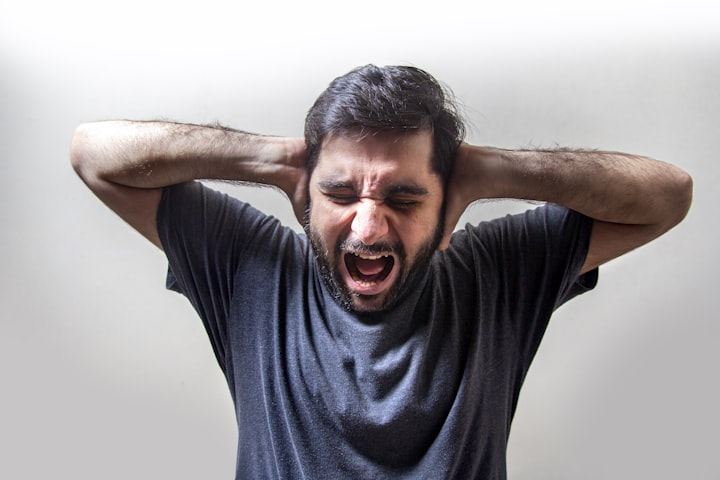
Panic attacks can be frightening and overwhelming experiences. They are characterized by sudden and intense feelings of fear and anxiety that can come on quickly and without warning. Symptoms of panic attacks may include rapid heartbeat, shortness of breath, chest pain, dizziness, nausea, sweating, and a feeling of impending doom. If you or someone you know is experiencing a panic attack, it is important to know how to help and support them.
Symptoms of Panic Attack:
Before we dive into how to help someone experiencing a panic attack, it's important to understand what symptoms to look out for. Some common symptoms of panic attack include:
- Rapid heartbeat or palpitations
- Sweating
- Trembling or shaking
- Shortness of breath or feeling like you can't breathe
- Choking sensations or feeling like your throat is closing up
- Chest pain or discomfort
- Nausea or stomach upset
- Dizziness or feeling lightheaded
- Numbness or tingling sensations
- Feeling detached from reality or like you are watching things happen from outside your body
- Fear of losing control or going crazy
- Fear of dying
- Hot flashes or chills
It's important to note that not everyone experiences all of these symptoms during a panic attack. Some people may only experience a few symptoms, while others may experience several at once.
How to Help Someone Experiencing a Panic Attack:
- Remain Calm: It is important to remain calm when helping someone experiencing a panic attack. If you become agitated or panicked yourself, it may only exacerbate the person's symptoms. Stay calm and reassure the person that they are safe.
- Validate Their Feelings: Let the person know that what they are feeling is real and that it's okay to feel scared or anxious. Don't dismiss their feelings or try to downplay the severity of the situation.
- Encourage Them to Breathe: Deep breathing can help reduce symptoms of panic attacks. Encourage the person to take slow, deep breaths in through their nose and out through their mouth. You can even try breathing exercises together.
- Help Them Relax: Try to help the person relax by suggesting they close their eyes and focus on a calming image or object. You can also suggest progressive muscle relaxation exercises or guided imagery.
- Create a Safe Space: If possible, help the person move to a quieter, calmer space where they feel safe and secure. This could be a quiet room, a secluded corner, or even just sitting outside in nature.
- Avoid Triggers: If you know what triggers the person's panic attacks, try to avoid those triggers as much as possible. This could mean avoiding crowded places, loud noises, or certain smells.
- Offer Support: Let the person know that you are there to support them and that they are not alone. Offer to stay with them until they feel better or offer to help them seek medical attention if needed.
It is important to note that while the above steps can be helpful, they are not a substitute for professional medical care. If someone is experiencing frequent panic attacks or if their panic attacks are interfering with their daily life, it is important to encourage them to seek medical attention from a mental health professional.
Panic attacks can be overwhelming and frightening experiences, but with the right support and assistance, they can be managed. Knowing the symptoms of a panic attack and how to help someone who is experiencing one can make all the difference in managing the situation. Remember to stay calm, reassure the person, encourage deep breathing, offer distractions, help them find a safe space, and seek medical attention if necessary. With these helpful tips, you can assist someone in managing their panic attack and help them feel more in control.
Please subscribe us for more such health related information.
About the Creator
Sana
𝐌𝐞𝐝𝐢𝐜𝐚𝐥 𝐬𝐭𝐮𝐝𝐞𝐧𝐭⚕️ Medical & health..






Comments
There are no comments for this story
Be the first to respond and start the conversation.